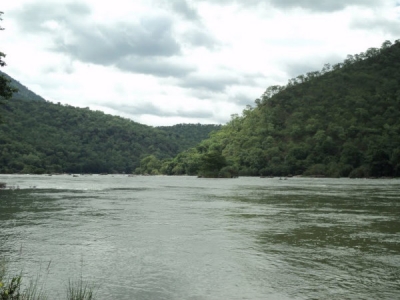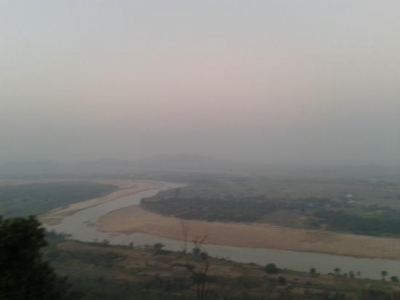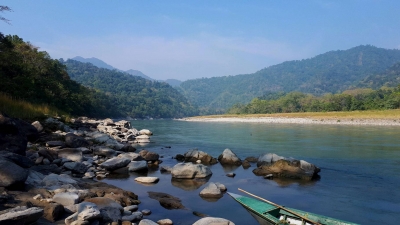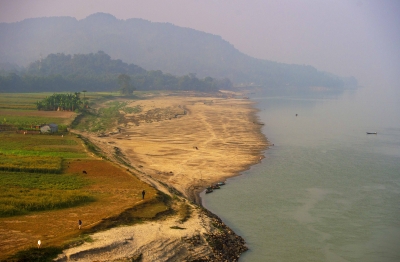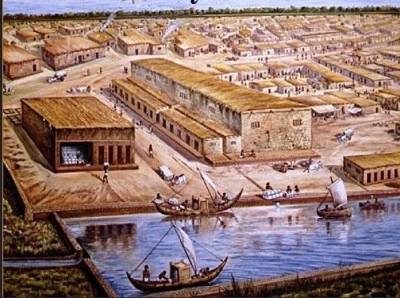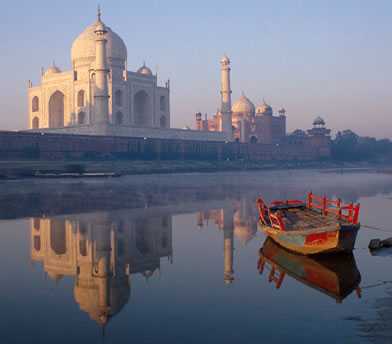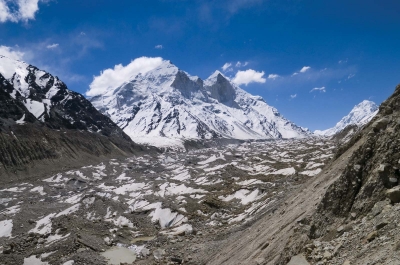Which river flows in the Mudumalai Tiger Reserve?

The Moyar river flows downstream into the Mudumalai Tiger Reserve and is the natural line of division between Mudumalai and Bandipur Sanctuary.
The Western Ghats Nilgiri Sub-Cluster of 6,000 Km2, including all of Mudumalai National Park, is under consideration by the UNESCO World Heritage Committee for selection as a World Heritage Site.
A variety of habitats ranging from Tropical Evergreen forest, Moist mixed deciduous, Moist Teak forest, Dry teak forest, Secondary grass lands, Shrubs and Swamps exists here.
There is a high diversity of animal life in the park with about 50 species of fishes, 21 species of amphibians, 34 species of reptiles, 200 species of birds and 50 species of mammals.
The park is ideal home to several endangered and vulnerable species including Elephant, Tiger, Gaur, Leopard, Deer, Wild dog etc. There are about 200 species of birds in the park, including White rumped vulture, Long billed vulture, Red crest, Mynas, Parakeets, Owls etc.
Mudumalai National Park is located in the Nilgiris district of the state of Tamil Nadu. Mudumalai National Park is a part of Mudumalai Wildlife Sanctuary.
Mudumalai National Park is situated at the tri-junction of the three southern states of Tamilnadu, Kerala, and Karnataka.
The Sanctuary shares its boundaries with the states of Karnataka and Kerala.
Picture Credit : Google
